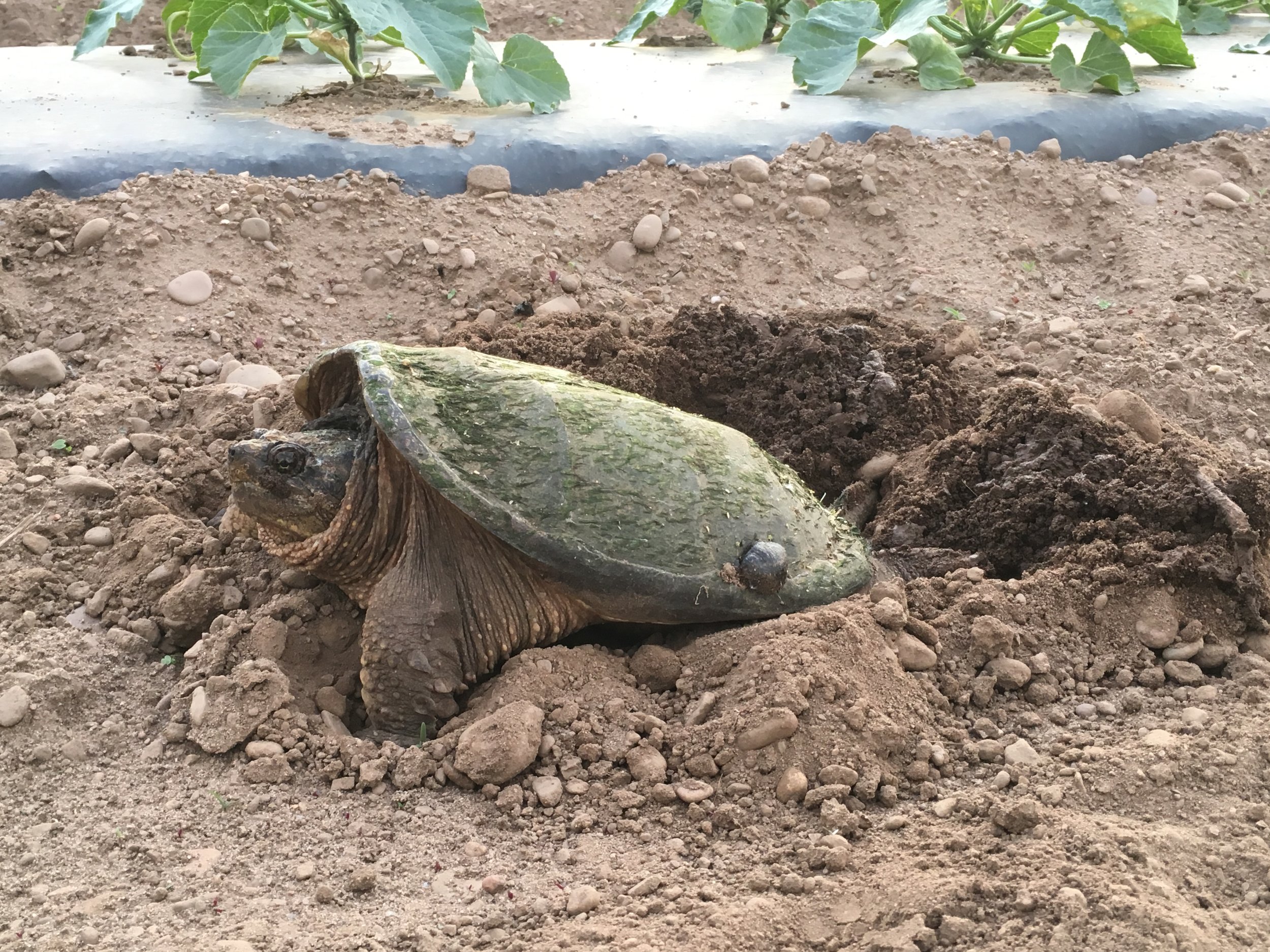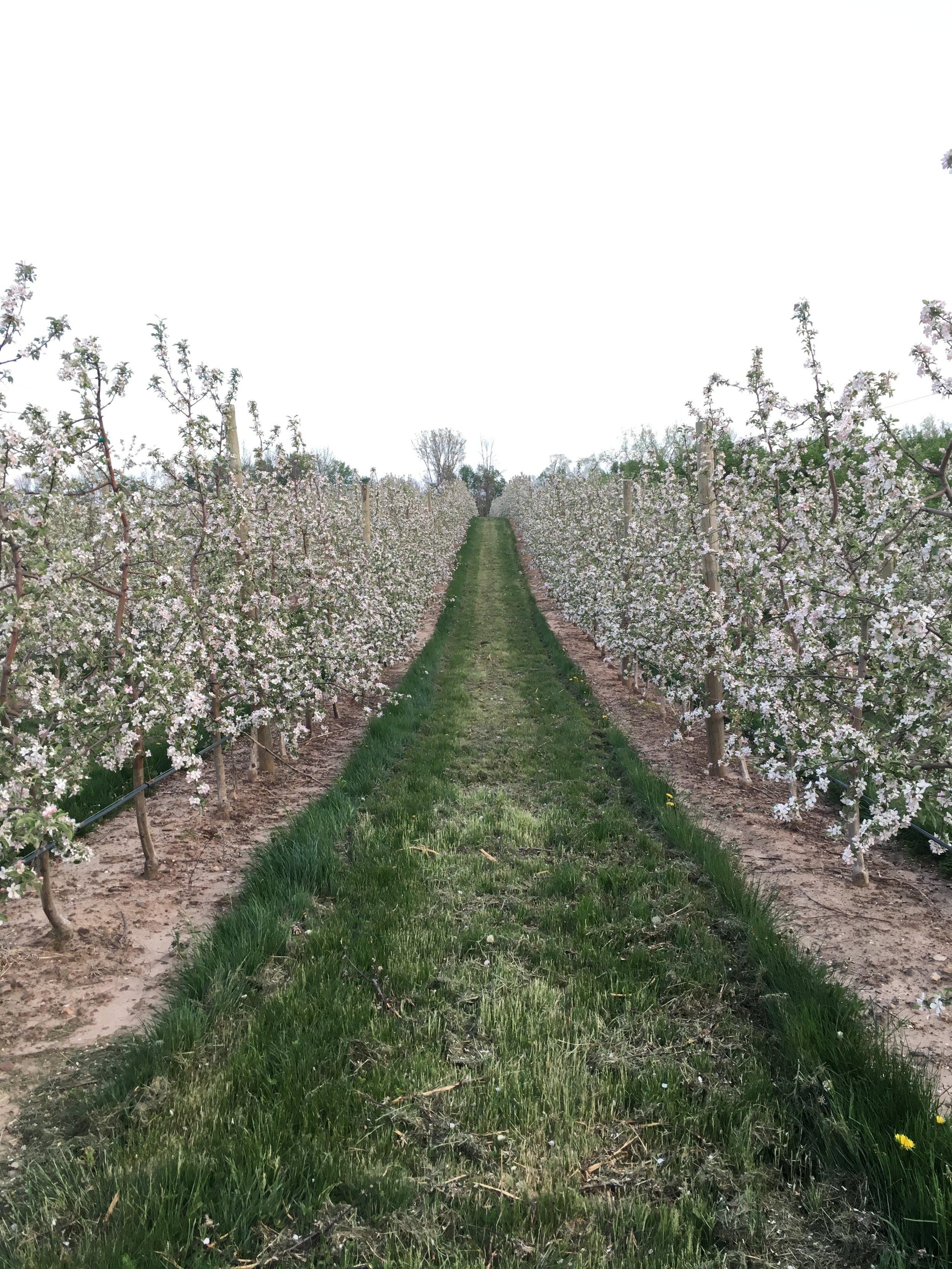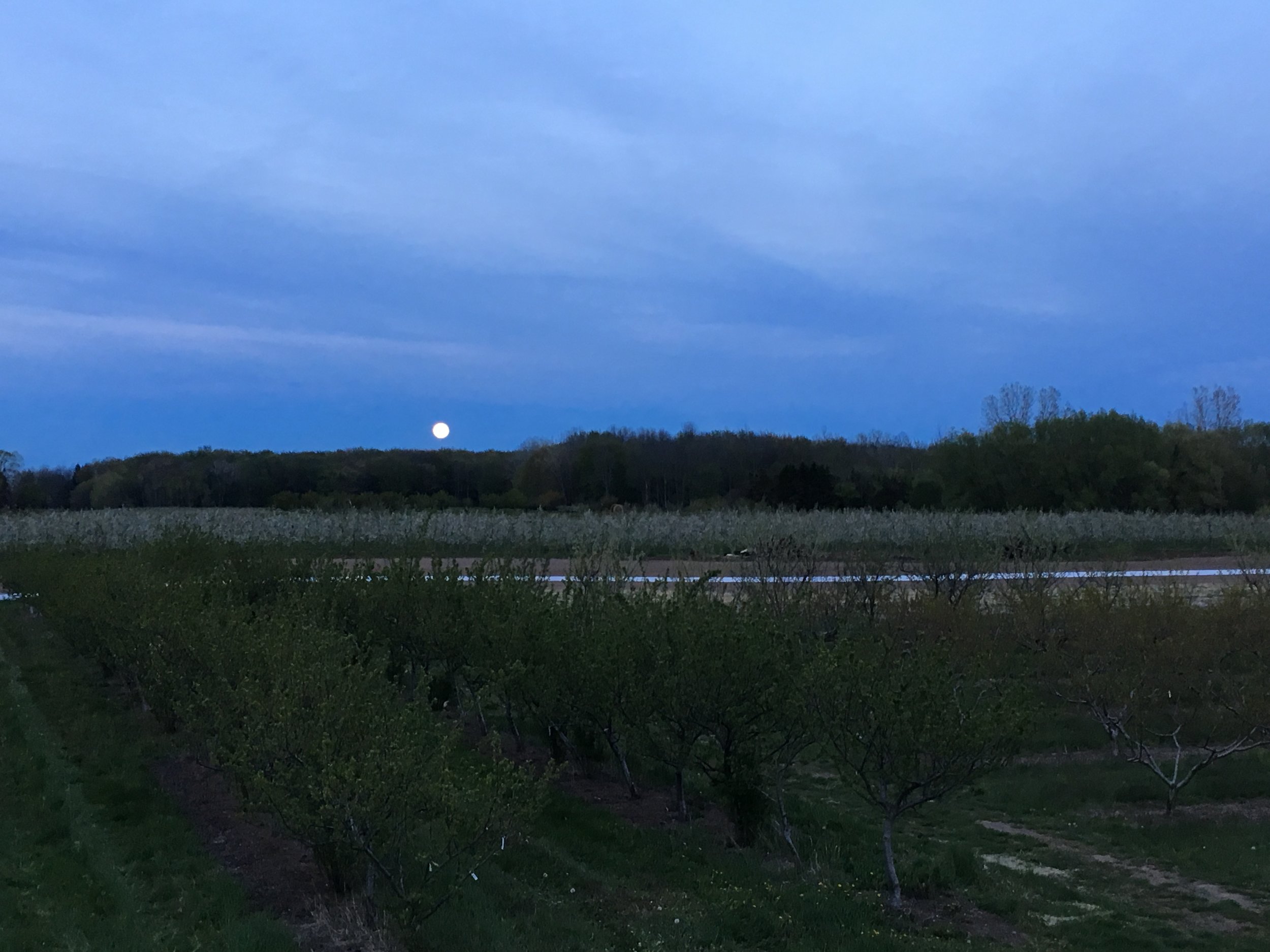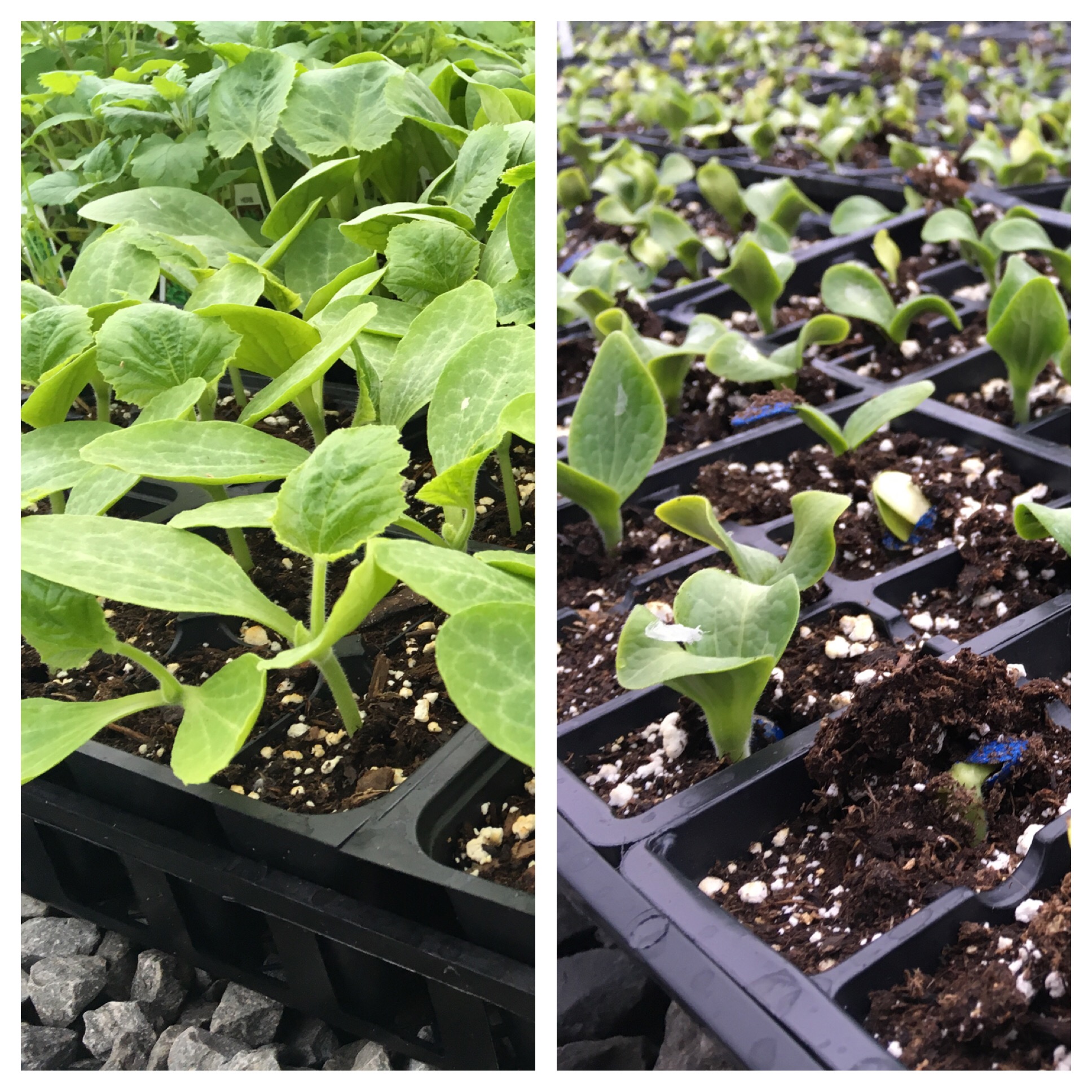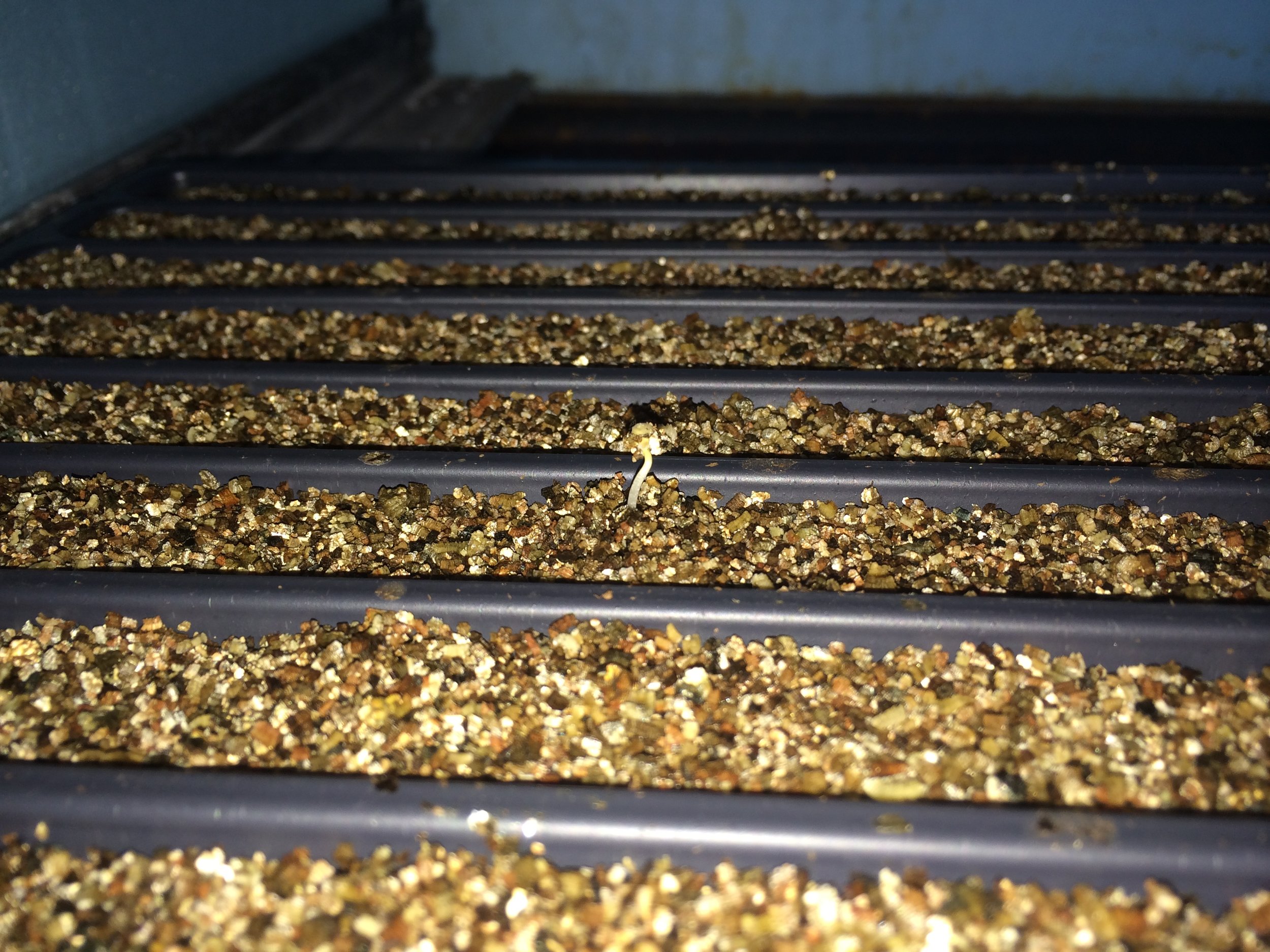Another Friday has come, and another week has gone. Time flies so fast sometimes! For me, this time of year I am always very busy, so the time is always flying.
I will start with a bird, nest, and overall nature update, as per requested. Since I last mentioned the mystery bird(looks like a plover or sandpiper) and Killdeer nest, I discovered three other Killdeer nests. This week there was only one nest with a bird still sitting on eggs. I have seen the little mystery babies running around (they do this adorable little up and down bob thing with their head and butt), and also chicks from one of the killdeer nests (featured in the picture). I can only hope that the other two nests have hatched successfully and are now running the town(...field?).
Only one or two day old Killdeer chick! I apologize for the blurry picture, I don't want to get to close and give them or their parents a heart attack.
One of our many common snapping turtles who ventured out to lay her nest. I'm pretty sure that is a leech on her back if anyone is wondering.
Constantly being surrounded by nature is one of my favorite perks of this job. The fields around our farm market in Brockport are bordered on the South by a beautiful wetland. This includes a swamp and a pond brimming with wildlife of all different kinds. Driving by on the tractor I can always count on seeing painted turtles sunning on top of floating logs, or great blue herons and green herons soaring in. Occasionally, I can also catch a glimpse of our resident pair of yellow warblers or baltimore orioles flitting about the trees. The closest encounters I have had are two types of turtles: the painted turtle, and the common snapping turtle. I get to see them the only time of year they leave the water, to go lay their eggs in the field. They have a little trouble trying to run away from me. Pictured is one I found this week laying her nest.
Yellow nutsedge, twelve o'clock.
In the field right next to wear this snapper laid her eggs there was a stand of yellow nutsedge, one of my least favorite weeds, trying to establish itself. Notice I said “was”... Pictured here is me in the middle of destroying the nutsedge with our offset disc in preparation for our second planting of zucchini and pickling cucumbers. Yes, I take great pleasure in killing weeds, especially this patch of yellow nutsedge. We have been battling it in this specific location for a few years now. It may have won a few battles, but right now we are definitely winning the war.
I was SO disappointed this big guy wasn't quite ripe enough yet when I found it.
Currently, we are in the heart of strawberry season, and it is absolutely delicious. Starting this weekend we will begin offering U-Pick Strawberries. You may not find one quite as funky as this monster, but I know you will find plenty of deliciously juicy berries if you come try your hand at picking! From what I saw while handing out the first CSA box of the season, everyone was thrilled with the berries. I am proud to report all of the berries that went out on Tuesday were fresh picked that morning. Keeping our products fresh is something we try to do whenever possible. It is the easiest way to maintain a high quality product, which is what we strive for on our farm.
You can see a blossom cluster above my thumb, as well as a couple pods to the right, one with a petal still hanging on.
In other crop news, the peas are getting big! The first wave of pods is so very close to harvest. They are about 3 inches long now, and will start growing fatter any day. Pea plants grow their pods first, and then once those are established, begin to fatten up the peas inside the pod. In edible pod peas, the pod is where you get a lot of the juicy crunch and green flavor, and the pea is where you get the sweetness. Keep your eye on Facebook, we will announce when the first peas are picked!
Foodlink Executive Director, Julia Tedesco cutting the ribbon!
This week I will conclude with a very special topic. Wednesday was a great day for me. We were invited to attend the Grand Opening of the new processing kitchen at Foodlink. Rochester City Mayor Lovely Warren spoke, as well as a local hero, Danny Wegman. They are pictured here along with part of the Foodlink team, some of whom I have worked with, for the official ribbon cutting. It was a very moving ceremony, and educational as well. I learned a lot about how big of an impact Foodlink has on the Rochester community. We have been working with Foodlink for several years now, and it makes me very proud to be able to say that. As well as donating food, Foodlink has actually been able to purchase some produce from us when we have a surplus. They have been buying a large number of apples from us (over 1,000 bu!) which may increase this year now that their new kitchen is up and running. One of the largest rooms in this kitchen is called the value-added processing (VAP) room. The largest piece of equipment in this room is an enormous apple slicer. It has increased their capacity to slice apples by twenty! A lot of the food they prepare in this kitchen will be sent to inner city schools, along with these sliced and half cup packaged apples. Being a part of such a great force for good in Rochester is a huge inspiration for me. I plan to continue working with them, and helping them achieve their goal of not letting food go to waste.
Ok, time to get out to work. Hopefully today the zucchini and pickles are going in the ground! The rain was great for us yesterday, even though it was a deluge at times. The field is now moistened through, and these seeds won’t have any trouble germinating. Thanks for reading! See you back here next Friday.



